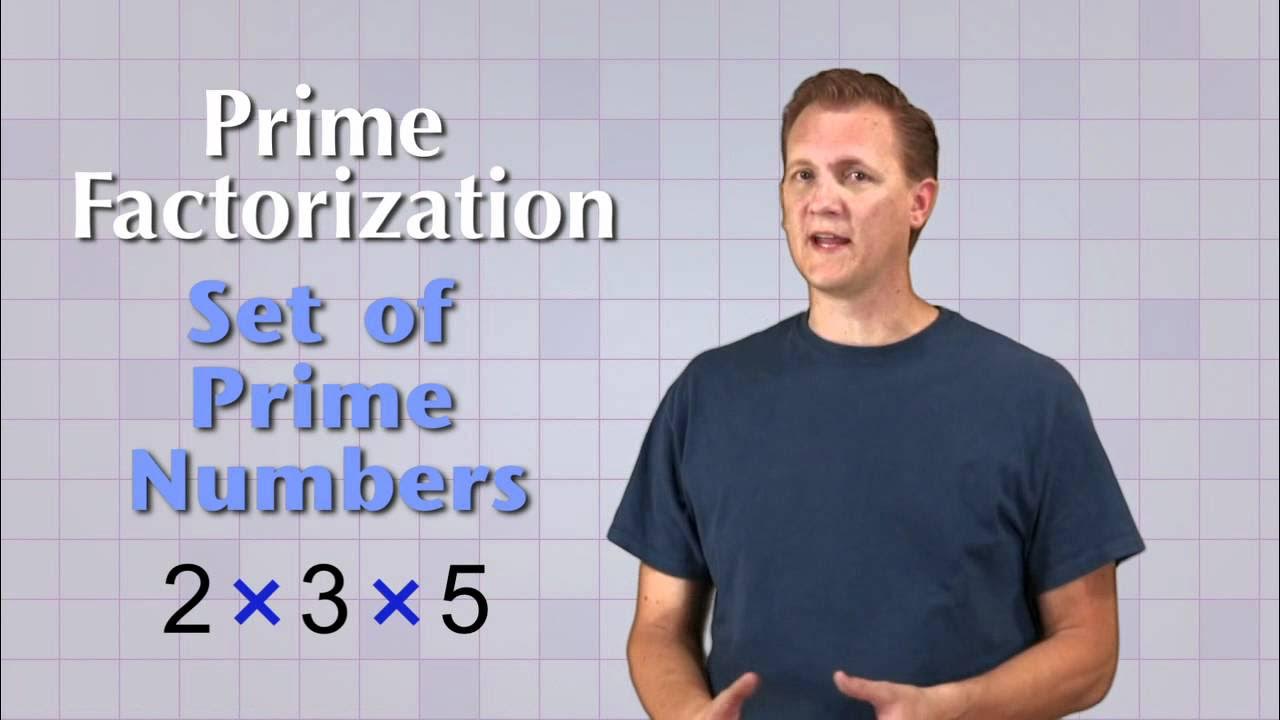Math Antics - Multi-Digit Multiplication Pt 2
Summary
TLDRIn this Math Antics video, viewers are guided through the advanced concept of multiplying multi-digit numbers. The tutorial begins with a refresher on single-digit multiplication and progresses to a detailed explanation of multiplying a three-digit number by a two-digit number. The process involves breaking down the problem into multiple steps, multiplying each digit of the bottom number by the top number, and then combining the results. Emphasis is placed on the importance of carrying over and aligning digits correctly. The video uses a humorous approach to explain the method, making it accessible and engaging. The tutorial concludes with a practical example, multiplying 324 by 46, and encourages practice for mastery.
Takeaways
- 📚 The video introduces the method for multiplying a multi-digit number by another multi-digit number, building upon the previously learned technique of multiplying by a one-digit number.
- 🔢 The process involves breaking down the multiplication into a series of steps, one for each digit of the bottom number, treating each as if it were a separate problem with a one-digit bottom number.
- 📝 For a two-digit bottom number, you perform the multiplication twice, once for each digit, resulting in two different intermediate answers.
- 😯 The different intermediate answers are not errors but represent the results of the multiplication procedure for each bottom digit separately.
- 🧮 To handle the multiplication of a multi-digit bottom number, you multiply each digit of the bottom number by each digit of the top number, similar to the process used for a one-digit bottom number.
- ✏️ When multiplying, carry over any digits as necessary, and remember to shift the position of the carry to align with the next digit of the top number.
- 🔄 It's crucial to account for the place value of the bottom number's digits; for example, a digit in the tens place represents a value ten times greater, requiring an additional zero in the multiplication result.
- 📈 The video uses the example of multiplying 324 by 46 to demonstrate the step-by-step process, highlighting the importance of carrying and aligning digits correctly.
- 📝 After completing the multiplication steps for each digit of the bottom number, you add the two intermediate answers together to get the final result.
- 🔍 The final step is to verify the result using a calculator to ensure accuracy, emphasizing the importance of checking work in mathematical computations.
Q & A
What is the main topic of the Math Antics video?
-The main topic of the Math Antics video is learning how to multiply a multi-digit number by another multi-digit number.
What is the procedure for multiplying a multi-digit number by a one-digit number?
-The procedure involves breaking the problem into a series of multiplication steps, one for each of the top digits, starting with the ones place and working left until all digits are multiplied.
How does the multiplication process change when the bottom number has more than one digit?
-When the bottom number has more than one digit, the same procedure is performed for each bottom digit, resulting in multiple steps and potentially different intermediate answers.
Why are there two different answers when multiplying a two-digit bottom number by a multi-digit top number?
-There are two different answers because the process involves treating the multiplication as if it were two separate problems, one for each digit of the bottom number.
What is the significance of the zeros placed in the answer line when starting the second set of multiplication steps?
-The zeros are placed to account for the value of the bottom digit being in the tens place, making the result 10 times bigger than it would be if the digit were in the ones place.
What is the purpose of carrying over digits in the multiplication process described in the video?
-Carrying over digits is necessary when the product of a multiplication step is a two-digit number, to ensure the correct place value is maintained in the final answer.
How do you handle the carrying over of digits from the first answer line to the second in the video's example?
-Before carrying over digits to the second answer line, all carried digits from the first answer line are crossed out to avoid double counting.
What is the final step in solving the multiplication problem presented in the video?
-The final step is to add the two separate answer lines together to obtain the final result of the multiplication problem.
Why is it recommended to put the number with the fewest digits on the bottom when multiplying?
-Placing the number with the fewest digits on the bottom simplifies the multiplication process, as it reduces the number of steps and carrying over of digits required.
What resource is mentioned for additional practice and examples in the video?
-The video mentions 'Prob with Rob' video examples and exercises on the Math Antics website for additional practice.
Outlines

Cette section est réservée aux utilisateurs payants. Améliorez votre compte pour accéder à cette section.
Améliorer maintenantMindmap

Cette section est réservée aux utilisateurs payants. Améliorez votre compte pour accéder à cette section.
Améliorer maintenantKeywords

Cette section est réservée aux utilisateurs payants. Améliorez votre compte pour accéder à cette section.
Améliorer maintenantHighlights

Cette section est réservée aux utilisateurs payants. Améliorez votre compte pour accéder à cette section.
Améliorer maintenantTranscripts

Cette section est réservée aux utilisateurs payants. Améliorez votre compte pour accéder à cette section.
Améliorer maintenant5.0 / 5 (0 votes)






